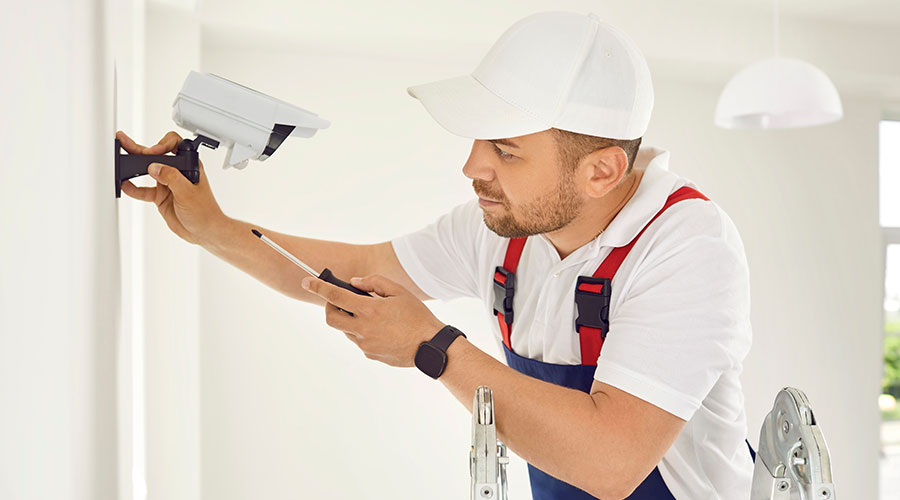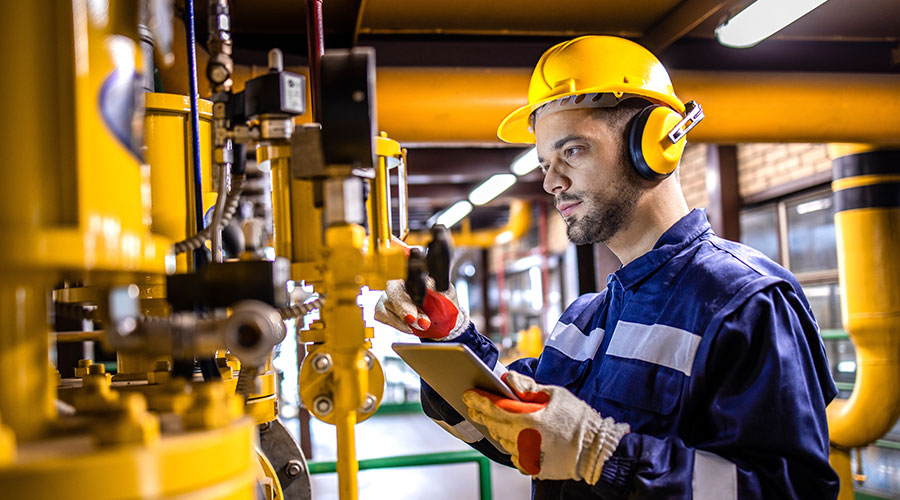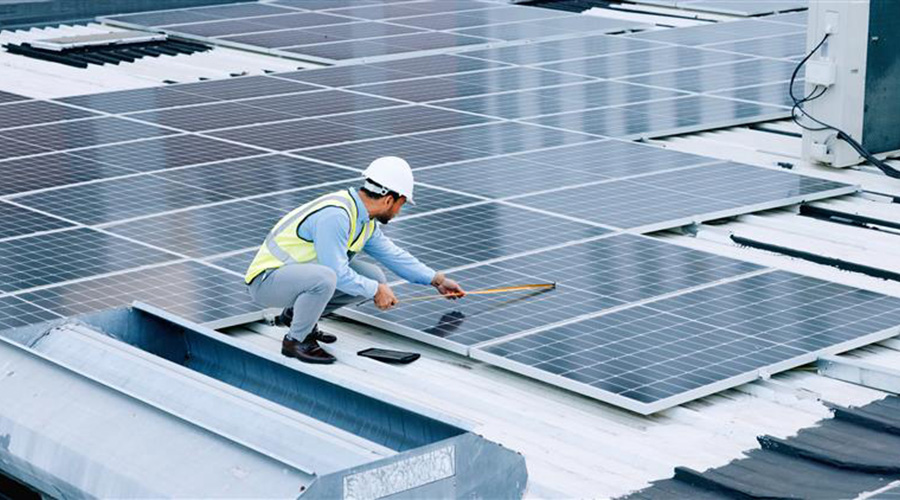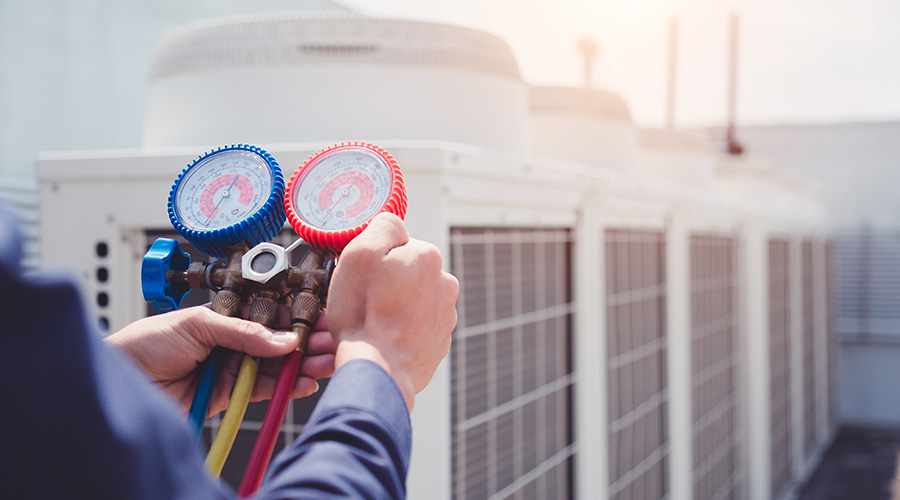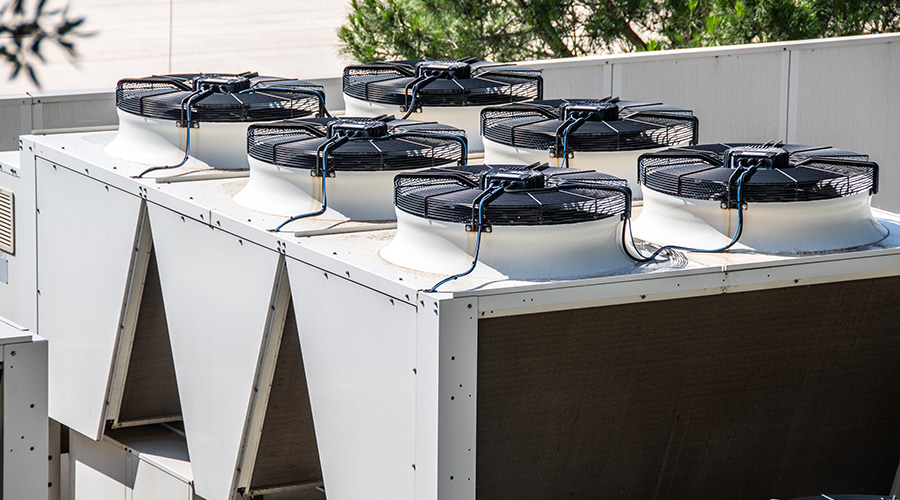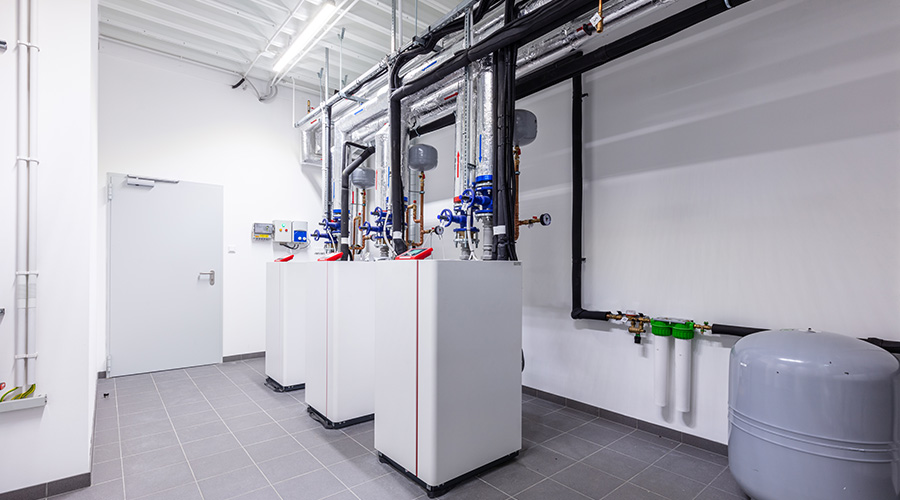Safe HVAC Solutions for Educational Facilities
The pandemic has shown how important highly effective HVAC must be to ensure the safety of students and staff.
When the pandemic broke out in early 2020, in the interest of safety, college campuses shut down and shifted to distance learning, resulting in requests for reimbursement of tuition and on campus housing costs, triggering large budget deficits for universities. The largest revenue source for both public and private universities is tuition, followed by student housing and dining, according to research from the Brookings Institution. Given the uncertain trajectory of COVID-19 and perhaps future life-threatening disease agents, higher education leaders are rethinking their offerings. Should they double down and invest in “Covid-proofing” campuses to support a traditional on-campus experience or should they embrace remote learning in the hopes of bridging potential looming budget deficits?
Either choice, or a hybrid approach that encompasses both on campus and remote classes, requires an analysis of cost versus return on investment. With the uncertainty around long term vaccination requirements, many universities understandably feel a sense of urgency and are anxious to implement solutions now. However, it is important to approach the current situation from a long-term perspective and look at solutions that not only provide protection for the COVID 19 pandemic, but for future infectious disease scenarios as well.
As students and parents consider future college decisions, they will want to know how their potential school of choice responded to the pandemic. What measures were put in place? Did university officials do everything they could to keep students safe? What design and engineering measures have they taken to ensure safe classroom and living environments in the future? It becomes a matter of perception, because while social distancing and mask measures are very visible, many mitigating measures are engineering based and focus on increasing air exchanges and filtration methodologies, which are, for the most part, invisible to the public.
Short- vs Long-Term Solutions
Many higher education leaders are still trying to decide whether it is best to make long-term minor changes to their operations such as increasing cleaning protocols, limiting the number of faculty, staff and students in buildings, and installing permanent protective plastic screens in classrooms. Alternatively, they’re considering whether to rethink their entire approach and take a more holistic and impactful strategy that rethinks how they design, build, and occupy their buildings. Investing in architectural and mechanical engineering solutions to future proof buildings can be costly. Just because a new technology is available, it may not be the most effective solution. That is why it is important to look at cost/benefit scenarios of different solutions that analyze how many students and staff you can accommodate in a specific space, (i.e., classrooms, lecture halls, residence halls, dining facilities) with the cost of the mechanical and HVAC systems and architectural design features to ensure their safety.
Mechanical and HVAC systems that provide enhanced air filtration and hygiene treatments can increase new construction budgets as much as 5 to 10 percent. It is even more expensive to retrofit an existing building. There are many engineering and architectural solutions for making higher education buildings safer when responding to the recent pandemic and for future consideration in maintaining the health and wellbeing of building occupants.
HVAC Engineering Strategies
We have learned more about how the virus is transmitted as the pandemic has unfolded. Recent analyses by the CDC reveal that the virus is an airborne particulate in aerosol form with limited surface contamination, leading to mitigation strategies that focus on increased air ventilation, filtration, and disinfection. Several of these approaches are much easier to implement in new construction or through targeted interventions to a building’s entire HVAC system. Investing in room-based solutions is more complex and expensive.
Increasing the frequency of air exchanges can reduce the potential spread of the virus by exhausting potentially contaminated air and aerosols in a space, replacing that with clean air, and moving the air through a mechanical system capable of filtering out particles carrying the virus. Increasing the amount of outside air helps reduce the risk of airborne transmission of the virus by diluting potentially contaminated inside air with outside air. This can be done to existing mechanical systems by deactivating the Demand Control Valve and by using an air-side economizer. Introducing more outside air and having to regulate its temperature will incur the cost of more energy consumption. Solutions such as deactivating the demand control valve can be temporary and reactivated at a later time.
It is recommended that indoor relative humidity be kept between 40 to 60 percent to reduce the potential for aerosols containing the virus to form. The more saturated the air is with clean moisture the less likely contaminated aerosols will form. Contaminated aerosols will also settle out of the air faster in an environment with a higher relative humidity. During the summer it is easier to maintain this range by introducing more outside air, however during the winter more outside air will deplete the relative humidity and humidifiers may be needed. Maintaining this range also assists with the human immune and respiratory response. Indoor air quality sensors should be installed to monitor the relative humidity, CO2 concentration, total volatile organic compounds, and particulate matter concentration all of which are associated with disease transmission. IAQ sensors are a tool that inform what appropriate measures can be taken to improve the healthiness of indoor air.
High Efficiency Filtration Approaches
The virus can be carried through aerosolized droplets 1-5 micrometers in size. ASHRAE recommends the use of filters with a rating of MERV 13 (or higher) within mechanical systems to capture and reduce the risk of aerosol spread. Filters must also be sealed to prevent leaks or contaminated air from bypassing. With a higher MERV rating, these filters have higher pressure drop and resistance to airflow so it is important to remember to check the capacity of the fan system before implementing this solution. Pressure from higher rated filters might overwork the system and reduce airflow.
High-efficiency particulate air (HEPA) filters can capture 99.97 percent of particles 0.3 micrometers or smaller. Permanent or portable HEPA fan filter units can be placed in immediate areas of high use where they will be most effective, such as in smaller enclosed spaces. Unfortunately, there is a constant fan noise associated with the running of these units as they capture and remove particulates, including aerosolized virus from a space.
Additionally, filters need to be replaced routinely to maintain their filtration effectiveness. For all filtration-based solutions, building maintenance and operations team members should take particular care through the use of adequate PPE when removing and replacing air filters to avoid self-contamination by recently filtered virus particulates.
Disinfection Approaches
One of the downsides of an air filtration approach, is that the system fan must run continuously to remove air particulates. When the heat or air conditioning is not on, the system does not do anything to clean the air. Ultraviolet (UV) disinfection systems offer a promising approach to reducing the spread of coronavirus as they have been shown to destroy airborne pathogens within a matter of seconds. While these are expensive, they could be an effective complement to other filtration systems. Potential solutions include:
Upper Room UVGI: Upper Room Ultraviolet Germicidal Irradiation (UVGI) systems are designed to generate a controlled UV field above the heads of occupants in order to clean the air and avoid occupant exposure to UV light. Appropriate settings include common corridors, congregation spaces, and restrooms. Selection of UV fixtures primarily depends on the ceiling height of a space. Higher ceilings allow for more open fixtures with a larger irradiation zone and lower ceilings will require more louvered fixtures with a smaller irradiation zone. Fixtures should be mounted so that UV energy is distributed parallel to the plane of the ceiling to safely disinfect a larger field without exposing occupants below to UV. The mixing and movement of air make Upper Room UVGI systems much more effective. The use of mechanical ventilation and fans to move air into a safe upper air kill zone maximize the benefit of this system. Relative humidity should be less than 60 percent in spaces to ensure the effectiveness of UVGI on air. Systems can be run 24/7 in buildings that are continuously occupied or powered off when facilities are empty to reduce energy consumption and the frequency of replacing bulbs.
Whole Room UVGI: Fixed or portable UVGI Lamp fixtures are potential ways to treat the air and surfaces of a whole room. Exposure to UV light is harmful and rooms should not be occupied when lamps are in use. These lamps would ideally be activated from outside of the room by custodial staff after they have made sure that the space is unoccupied. Lamps should be located where they can cover the largest area of surfaces to increase efficiency and effectiveness. These systems can be used in spaces at night or in between uses. The longer that the lamps are on the more thorough they disinfect.
Air Handling Unit (AHU) UVGI: UVGI can be utilized in the air handling unit (AHU) or anywhere within the air conveyance system to clean air and reduce the risk of airborne spread of the virus. Lamps can be located in ductwork, but primarily they are most effective when placed in the AHU which serves multiple spaces and is typically where the lowest maximum air velocity occurs. The lower the airspeed results in longer exposure of air to UV. The location of UVGI in the AHU is also beneficial for irradiating cooling coils and condensate pans where moisture can become problematic. Using highly reflective materials where lamps are located makes them more effective at treating the air. AHU and in-duct UVGI can improve the effectiveness of system filtration without affecting pressure and airflow. This solution can be used to complement a lower rated MERV filter in a system which would not be able to handle higher rated MERV filters. In certain cases, AHU UVGI can be a simpler additive solution over upgrading systems to accommodate MERV-13 or higher.
It is important to conduct a cost/benefit analysis before selecting one of these systems, as there are operational considerations to be considered when using these technologies. For example, the whole-room UVGI is a great resource for spaces like restrooms, but you are going to have to shut down your restroom in the facility for an hour to let the lighting system run its course. Understanding the operational needs and constraints could potentially drive the decision to one or the other. Another example would be student residences featuring individual in-room AC/heating units. Retrofitting each unit with additional filters would be costly and require a much more robust maintenance program to change the filters regularly. Decisions should be made on risk-based assessments for selecting solutions and investing in communal areas with the most student traffic.
Ryan Horne, AIA, LEED AP, is associate principal with Beck Architecture.
Related Topics:






